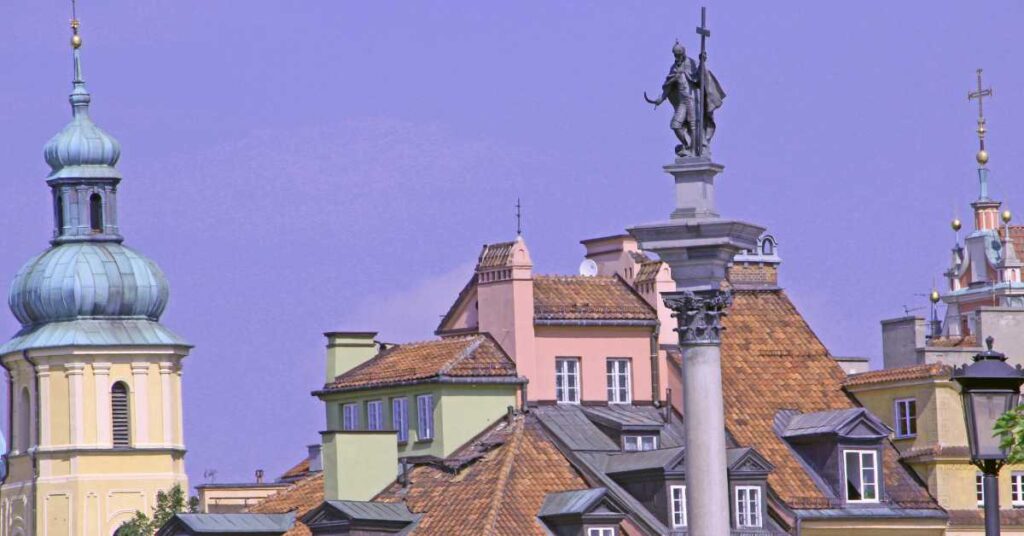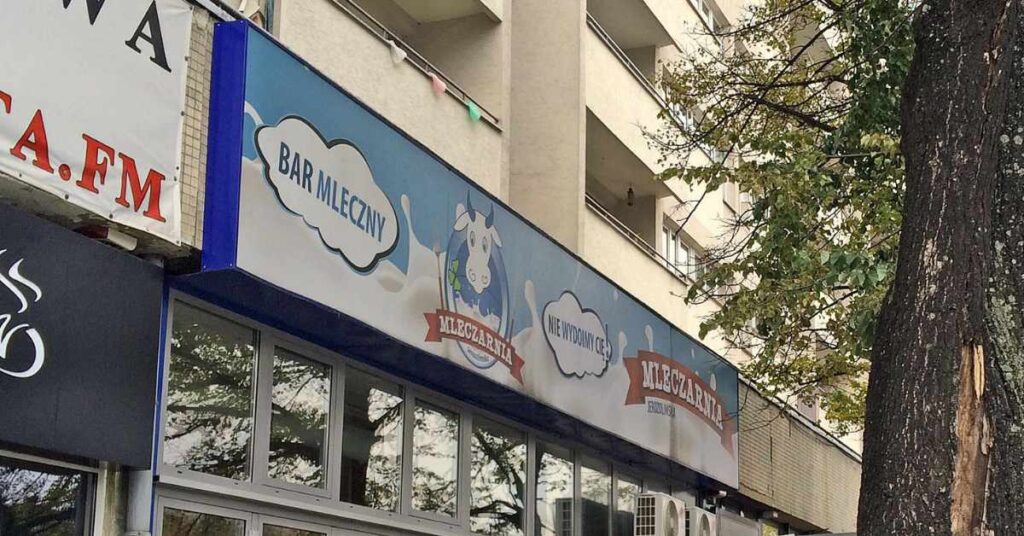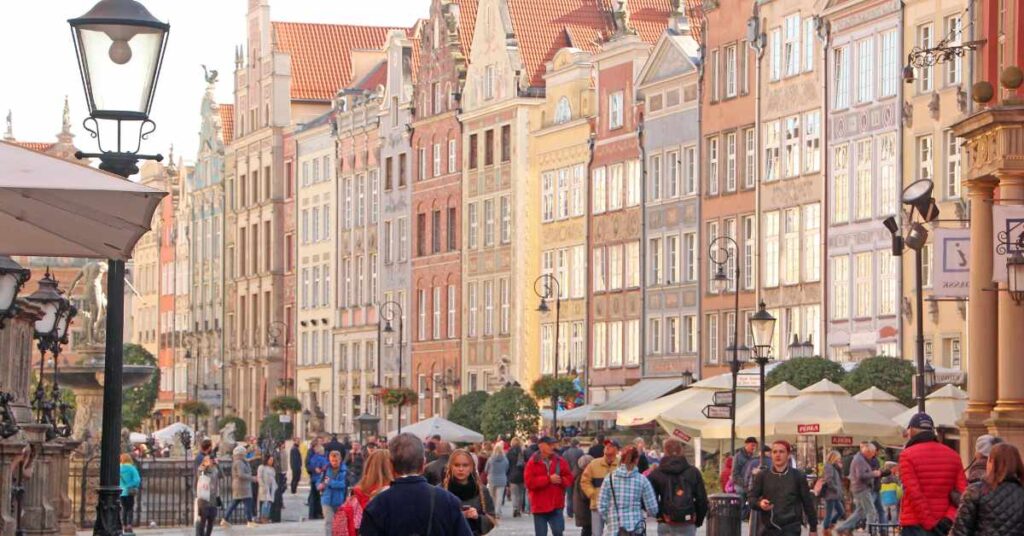Prague in Winter
Prague in Winter I had been to summer Prague as a student when Golden Prague was the capital of communist Czechoslovakia. I’d walked in the green, sweet gardens and seen the city at its softest. Back then there were few tourists except from other communist countries, and seeing the sights, visiting coffee shops, drinking Czech beer were simple. They were dreary times, though, and a Czech-speaking friend traveling there called Prague the Golden City without the gold. Even so I found the city beautiful and mysterious, satisfying the Kafka in me. The Golden City Now the world has discovered Prague, and I understand that it’s packed in the nice months. So, I decided to make my return visit in late winter. Or you could say very early spring, late February into March. The good: I had quick access to all the major sights, and it was easy to get around walking and by tram. Apartment rental was cheaper than in the high season. Clubs, pubs and restaurants were open, and extra nice for their warmth and cheer. The not as good: I gave up the pretty gardens and a few sights that aren’t open in winter. The weather was mixed, with some bitter cloudy days and lovely sunny ones. It was usually cold but not intolerable. Just be prepared. Afternoon reflections It Was Never Lonely There are always tourists in Prague, strolling along with local people across Charles Bridge on cold, short afternoons, wrapped in puffy jackets. We tourists ascended Castle Hill and grouped up to watch the astronomical clock. But it wasn’t crowded. I stood alone in some magnificent places and generally had no trouble getting a restaurant table. I bought groceries, cooked at my apartment, ate out, went to the local Anglican church, and had two fine nights at the opera. I was also there for Masopust, the pre-Lenten festival (think run-up to Mardi Gras) that’s full of costumes, food, parades and events. That added texture to my winter wanderings. Staying there. I used TripAdvisor and other online sources to narrow down a list of likely places, and after more cross-checking, selected Prague City Apartments Residence Karolina. My apartment was close to the historic opera house and the river, walking distance to most major sites and just a short block from major tram lines. It must have been an elegant townhouse once – my foyer was enormous, as were my living room and eat-in kitchen. Some of the decorative plaster crown molding and rosettes remained, and there was a fine staircase to my apartment. The apartment was fully loaded with appliances, a concierge was available 24/7 (and they were efficient and friendly) and it’s not far from the My Národní department store, owned by Tesco, and with a Tesco supermarket downstairs. So I could have lived there indefinitely. Castle stairs in the afternoon Eating around. I did most of my meals at home courtesy of the big kitchen and proximity to Tesco. I ate out some, and had a nice lunch inside at the Lobcowicz Palace café while others ate bundled up on the slightly heated patio overlooking the city. The most fun was the Havelská Koruna restaurant. You can find it in the guidebooks. The inexpensive food was as good as I needed it to be. Go for the experience. A woman sat in a raised booth at the entrance and handed me a list ticket with her right hand while on the other side she toted up a departing guest’s bill with her left. As I went to each cafeteria-like station, no-nonsense servers ticked my choices on the list. The cashier adds it all when you leave, and it’s 500 crowns if you lose the ticket so hang on. The restaurant was full and I grabbed a small booth as a woman left. It pays to hover. Right away, a man asked if he could sit which he did and then hurried through his soup. As soon as looked ready to go, another man began to hover. Man #1 gathered his coat and hat, and man #2 slid into the booth. I finished my fish and cabbage before he finished his goulash, and handed over my place to another hoverer. As I left the restaurant, a woman stopped and asked me something. “Is it open? Is it good? Is it cheap?” Who knows exactly what she’d asked. But I guessed it was one of those questions. I said, “ano (yes)” and she went in. I made a second equally fun visit when I was the one who asked to sit with people. Top 10 and then some – no need to stay off the beaten track in winter. Grab your favorite guidebook and make your list. I stuck fairly close to mine because I could get to all of the top sights without crowds. Roam the streets and look at the beautiful buildings; climb the Old and New Castle steps if you’re able or take the tram; watch the castle guards in their fur-collared overcoats and commiserate with the guys who stand facing the setting sun’s glare. I saw the Old Town Square almost empty in early morning and lively later with mimes, buskers and umbrella-led groups, but not crowded. Watching the astronomical clock was easy. I revisited and lingered at all the major places I’d seen before, and looked for a list of places I’d made from a book of Prague photographs that I’d bought all those years ago. I also added on a few new sights (most all from the Lonely Planet guide to Prague & the Czech Republic). And if you’ve seen my post about shoes, I spent my first afternoon at the famous Czech shoe company Bat’a replacing old favorite traveling shoes that had decided this was the time to fall apart. Bat’a is even in the travel guides. Not bad for a shoe store. Of the top sights, only the Strahov Monastery was crowded when I went on a weekend.






